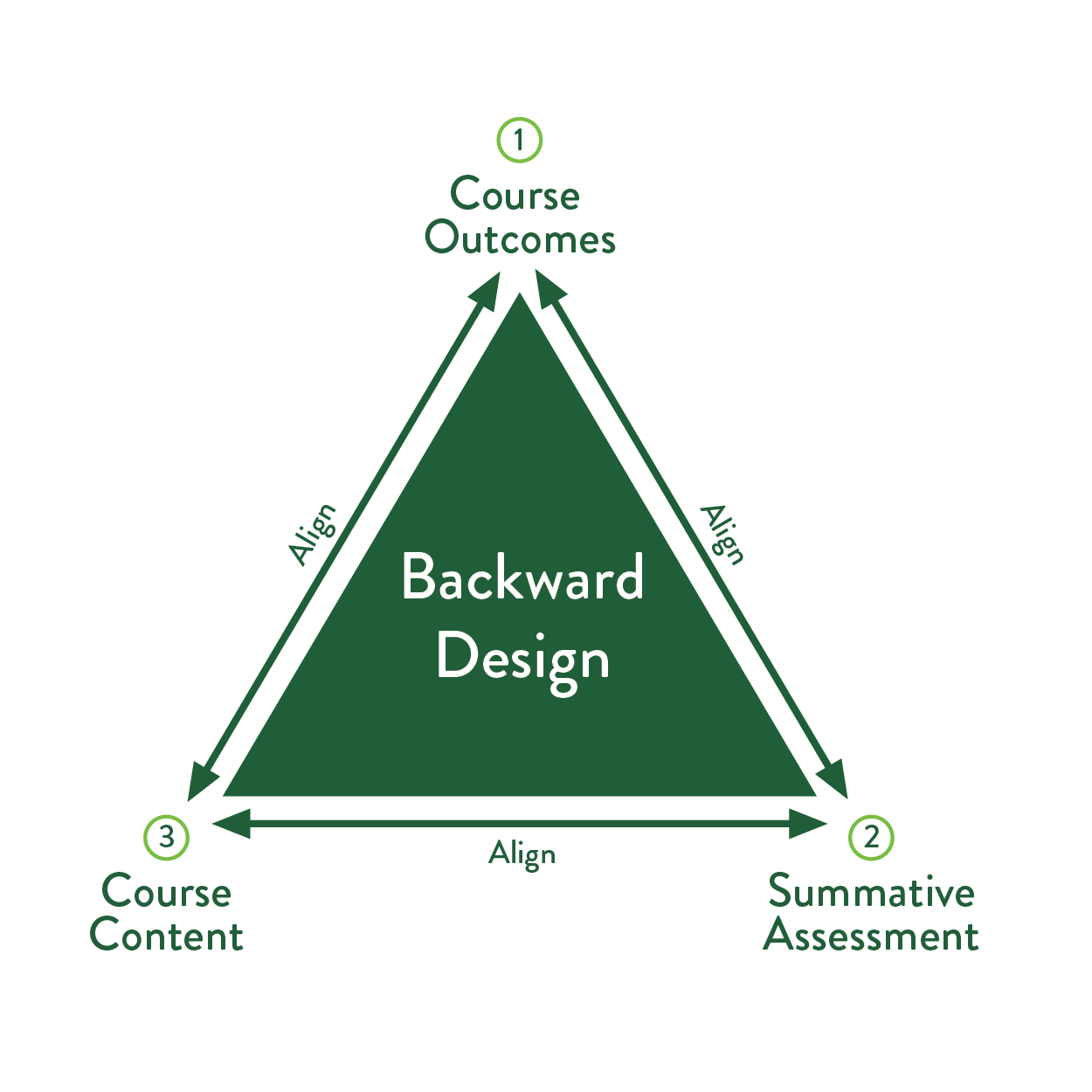Considering designing a new course or redeveloping an old one? Consider completing Foundations of Course Design.
The Foundations of Course Design (FCD) is a pedagogical experience guided by instructional designers from the Office of Teaching and Learning (OTL) at UVU. It gives you a foundation in established course design principles and is particularly suited for those who have never developed a flexible course or have developed only informally.
Ideally, you should have a specific course you plan to develop before starting Foundations of Course Design. However, the experience can still be completed without an assigned course. You might select a course in your department for which you have some expertise, even if not assigned to teach it. You can also choose an outside topic for which you have knowledge and expertise (e.g., skiing, stamp collecting, fly fishing, etc.). If you know enough about a topic to explain observable behavior and create assessments and activities, the experience will be just as productive.
The FCD experience will explore some of the fundamentals of course design. Intentional course design not only benefits you as an instructor but also supports student success. The concepts covered can apply to any course. As part of the experience, you will complete a Course Design Plan. This document helps organize courses as they are designed using the Backward Design process.
There are two pathways for completing the Foundations of Course Design experience:
Both pathways include a course design plan review, conducted by instructional designers in the Office of Teaching and Learning.

Upon successful completion of this experience, you should be able to:
Image from Utah Valley University, Office of Teaching and Learning. Instructional Design and Assessment
Participants will be paired with an instructional design consultant who will schedule 4–5 meetings. During these meetings, the consultant will discuss principles of course design and work through the development of a Course Design Plan. The Course Design Plan is a guiding document that explains how components of the course related to each other.
When the plan is complete, it will be reviewed by two other Instructional Designers, a process analogous to submitting a journal article for peer review. You will then discuss the review results with your assigned instructional designer and potentially make changes.
Course Design Plans can then be used to build the course. In addition, because the experience qualifies as a professional development activity, it will appear on your OTL Faculty Transcript.
Foundations of Course Design Pressbook